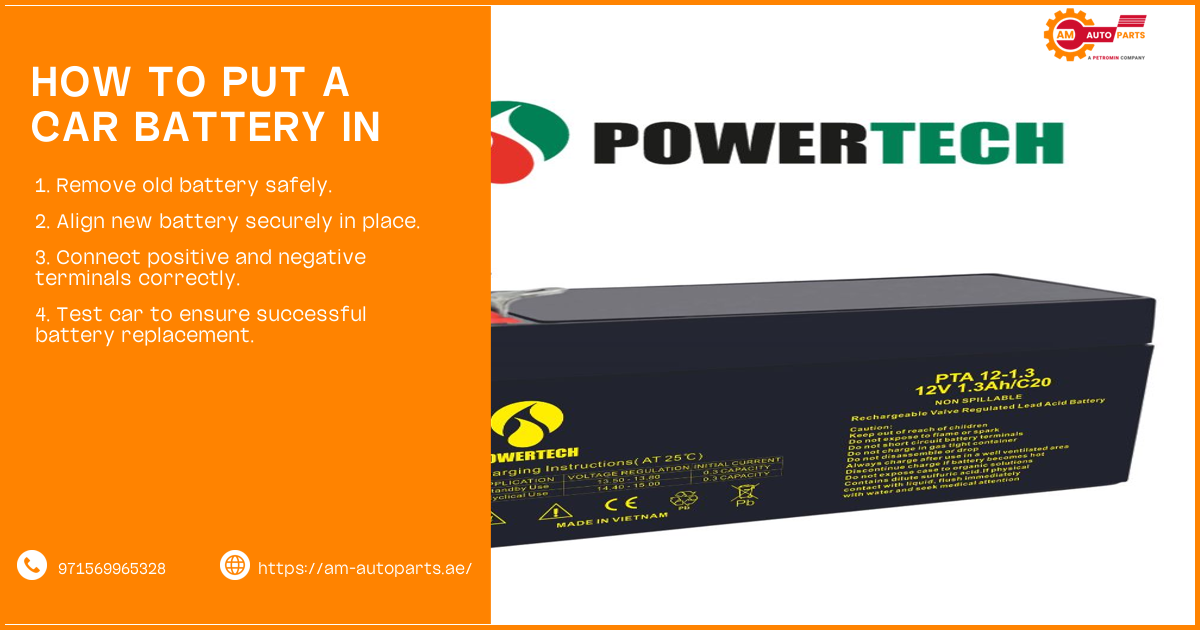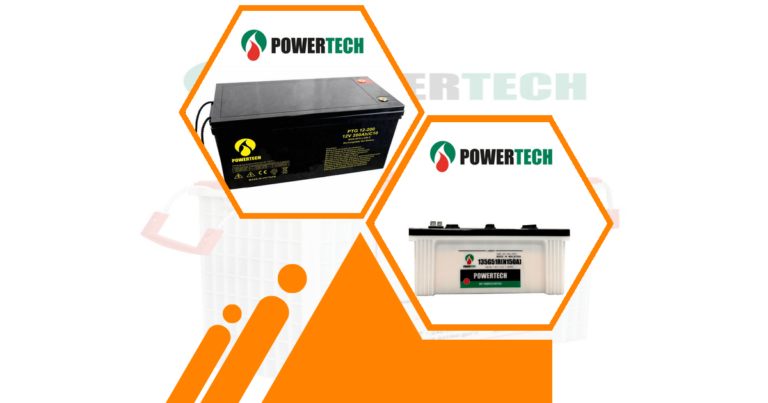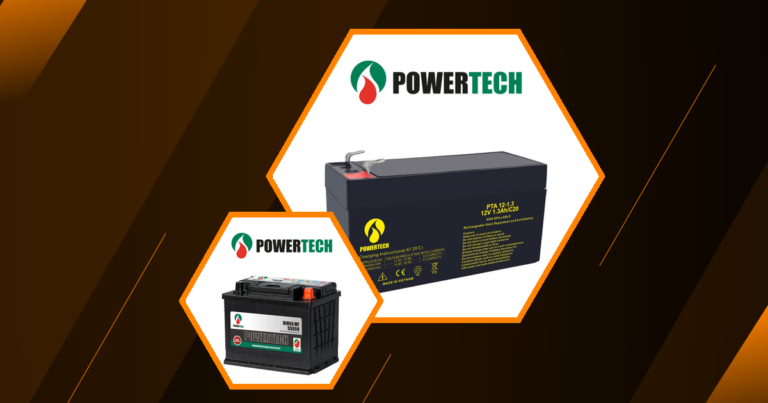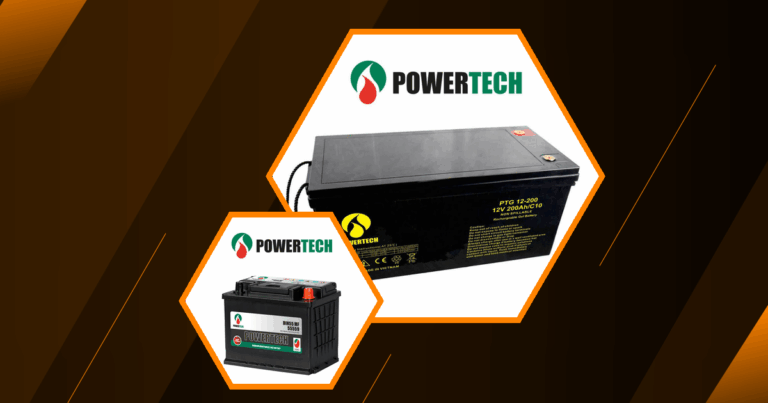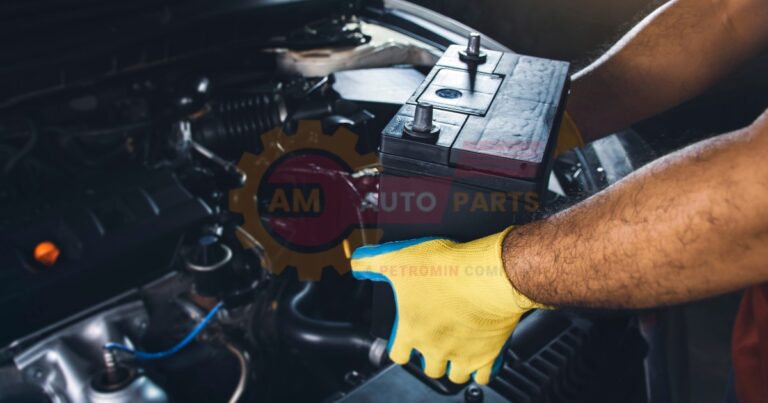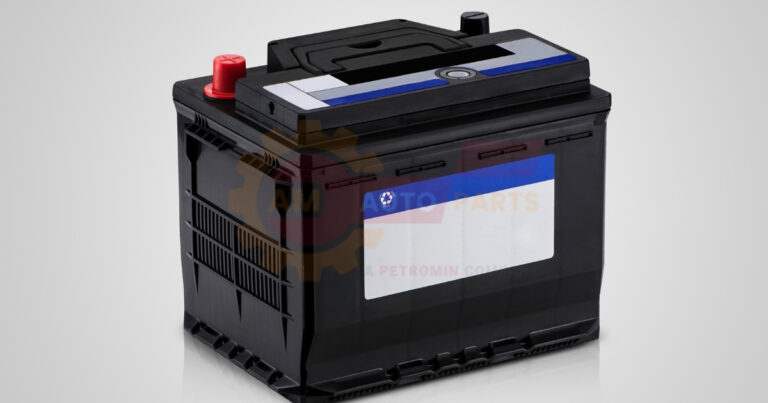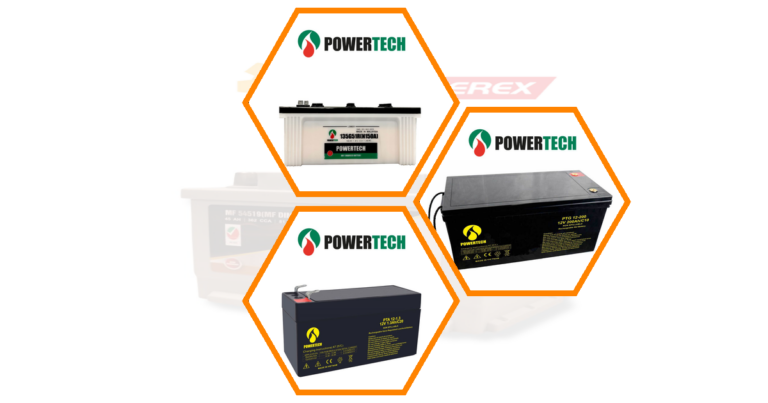Car batteries are the heart of your vehicle’s electrical system. Knowing how to put a car battery in, install two batteries, add new acid, and replace a battery can save you time and money. This comprehensive guide will walk you through each process step-by-step, ensuring you have the knowledge to tackle these tasks confidently.
Step-by-Step Guide for Installing a Car Battery
Safety Precautions and Tools Needed
Before you begin, it’s crucial to prioritize safety. Always wear protective gloves and goggles to shield yourself from battery acid and electrical shocks. Ensure the vehicle is turned off and parked on a flat surface. Gather the necessary tools, including a wrench, battery terminal cleaner, and a new battery.
- Wear protective gloves and goggles
- Ensure the vehicle is off and parked on a flat surface
- Gather tools: wrench, battery terminal cleaner, new battery
Removing the Old Battery
To remove the old battery, start by disconnecting the negative cable, followed by the positive cable. This order prevents accidental short circuits. Use a wrench to loosen the nuts on the battery terminals. Carefully lift the battery out of its tray, keeping it upright to avoid spilling any acid.
- Disconnect negative cable first, then positive
- Use a wrench to loosen terminal nuts
- Lift battery out carefully, keeping it upright
Cleaning Battery Terminals and Connections
Corrosion on battery terminals can hinder performance. Use a battery terminal cleaner or a mixture of baking soda and water to clean the terminals and connections. Scrub gently with a wire brush to remove any buildup, ensuring a clean surface for the new battery.
- Use a battery terminal cleaner or baking soda and water
- Scrub terminals with a wire brush
- Ensure a clean surface for new battery installation
Positioning and Securing the New Battery
Place the new battery in the tray, ensuring it is positioned correctly with the positive and negative terminals aligned. Secure the battery with the hold-down clamp to prevent movement while driving. Double-check that the battery is stable before proceeding.
- Position battery with correct terminal alignment
- Secure with hold-down clamp
- Ensure battery stability
Connecting Battery Cables
Begin by connecting the positive cable to the positive terminal, followed by the negative cable to the negative terminal. Tighten the nuts securely to ensure a solid connection. This order minimizes the risk of electrical shorts.
- Connect positive cable first, then negative
- Tighten nuts securely
- Ensure solid connection
Installing Two Batteries in a Vehicle
Reasons for Dual Battery Setups
Dual battery setups are popular in vehicles with high electrical demands, such as off-road vehicles and RVs. They provide additional power for accessories and ensure the main battery remains charged for starting the engine.
- Ideal for vehicles with high electrical demands
- Provides additional power for accessories
- Ensures main battery remains charged
Choosing Compatible Batteries
When installing two batteries, it’s essential to choose compatible batteries with similar capacities and types. Mismatched batteries can lead to uneven charging and reduced lifespan. Consult your vehicle’s manual or a professional for guidance.
- Choose batteries with similar capacities and types
- Avoid mismatched batteries
- Consult vehicle manual or professional
Wiring Configurations for Dual Batteries
There are several wiring configurations for dual batteries, including parallel and series setups. Parallel wiring increases capacity while maintaining voltage, while series wiring increases voltage. Choose the configuration that best suits your needs.
- Parallel wiring: increases capacity, maintains voltage
- Series wiring: increases voltage
- Choose configuration based on needs
Mounting Considerations and Best Practices
Proper mounting is crucial for safety and performance. Use battery trays and hold-downs to secure both batteries. Ensure they are mounted in a well-ventilated area to prevent overheating and allow for easy access during maintenance.
- Use battery trays and hold-downs
- Ensure well-ventilated mounting area
- Allow easy access for maintenance
Adding New Acid to a Car Battery
When to Add Battery Acid
Adding new acid to a car battery is typically necessary when the electrolyte levels are low. This can occur due to evaporation or spillage. It’s important to check the levels regularly and add acid only when needed.
- Add acid when electrolyte levels are low
- Check levels regularly
- Add acid only when necessary
Safety Measures for Handling Battery Acid
Battery acid is highly corrosive, so safety is paramount. Always wear protective gloves and goggles, and work in a well-ventilated area. Keep baking soda nearby to neutralize any spills immediately.
- Wear protective gloves and goggles
- Work in a well-ventilated area
- Keep baking soda nearby for spills
Proper Acid Filling Technique
To add acid, remove the battery caps and carefully pour the acid into each cell using a funnel. Fill to the recommended level, avoiding overfilling. Replace the caps securely once done.
- Remove battery caps
- Use a funnel to pour acid into each cell
- Fill to recommended level, avoid overfilling
Charging the Battery After Adding Acid
After adding acid, it’s crucial to charge the battery fully. Use a battery charger and follow the manufacturer’s instructions. This ensures the acid is properly mixed and the battery is ready for use.
- Charge battery fully after adding acid
- Use a battery charger
- Follow manufacturer’s instructions
Replacing a Car Battery Efficiently
Signs of a Failing Battery
Recognizing the signs of a failing battery can prevent unexpected breakdowns. Common indicators include slow engine cranking, dim headlights, and frequent need for jumpstarts. If you notice these signs, it’s time to replace the battery.
- Slow engine cranking
- Dim headlights
- Frequent need for jumpstarts
Selecting the Right Replacement Battery
Choosing the right replacement battery involves considering factors like size, capacity, and type. Refer to your vehicle’s manual for specifications or consult a professional to ensure compatibility.
- Consider size, capacity, and type
- Refer to vehicle manual for specifications
- Consult a professional for compatibility
Quick Battery Swap Procedure
To replace a battery quickly, follow the removal and installation steps outlined earlier. Ensure all connections are secure and test the battery by starting the engine. This confirms the installation was successful.
- Follow removal and installation steps
- Ensure secure connections
- Test battery by starting engine
Proper Disposal of Old Batteries
Old batteries contain hazardous materials and should be disposed of properly. Many auto parts stores and recycling centers accept used batteries for recycling. Never throw them in the trash.
- Dispose of batteries properly
- Use auto parts stores or recycling centers
- Avoid throwing in trash
Maintaining Car Batteries for Longevity
Regular Inspection and Cleaning
Regular inspection and cleaning can extend your battery’s lifespan. Check for corrosion and clean terminals as needed. This ensures optimal performance and prevents issues.
- Inspect battery regularly
- Clean terminals to prevent corrosion
- Ensure optimal performance
Checking and Adjusting Electrolyte Levels
Maintaining proper electrolyte levels is crucial for battery health. Check levels monthly and add distilled water if necessary. This prevents damage and prolongs battery life.
- Check electrolyte levels monthly
- Add distilled water if needed
- Prevents damage and prolongs life
Preventing Corrosion on Terminals
Corrosion can impede battery performance. Apply a thin layer of petroleum jelly or a commercial anti-corrosion spray to terminals. This creates a barrier against moisture and air.
- Apply petroleum jelly or anti-corrosion spray
- Prevents moisture and air exposure
- Maintains battery performance
Proper Storage During Extended Periods of Non-Use
If your vehicle will be unused for an extended period, store the battery properly. Disconnect it from the vehicle and store it in a cool, dry place. Consider using a trickle charger to maintain charge.
- Disconnect battery for storage
- Store in cool, dry place
- Use trickle charger to maintain charge
Troubleshooting Common Battery Issues
Dealing with Corroded Terminals
Corroded terminals can cause poor connections and performance issues. Clean the terminals with a mixture of baking soda and water, scrubbing gently with a wire brush. Apply a protective coating to prevent future corrosion.
- Clean terminals with baking soda and water
- Scrub with wire brush
- Apply protective coating
Addressing Slow Cranking or Weak Starting
Slow cranking or weak starting can indicate a battery issue. Check the battery’s charge level and connections. If the problem persists, consider replacing the battery.
- Check battery charge level
- Ensure secure connections
- Consider replacement if issue persists
Resolving Parasitic Drain Problems
Parasitic drain occurs when electrical components draw power while the vehicle is off. Identify the source by checking fuses and disconnecting components. Consult a professional if needed.
- Identify source of drain
- Check fuses and disconnect components
- Consult professional if necessary
Jumpstarting a Dead Battery Safely
To jumpstart a dead battery, connect jumper cables to the positive and negative terminals of both batteries. Start the working vehicle and let it run for a few minutes before attempting to start the dead vehicle. Battery replacement threshold is the point when a device’s battery becomes too weak and needs to be changed It helps users know when it’s time to get a new battery for their gadget Automotive electrical measurement helps check if car parts that use electricity are working right It uses special tools to test things like batteries wires and lights in vehicles
Push start automobile Cars with Car battery performance declines when batteries get old or are used a lot This can make it harder for cars to start or run electrical parts properly
Automotive power choices include gas engines electric motors and hybrid systems These options give drivers different ways to power their cars and trucks Automotive BMS importance Automotive BMS is crucial for keeping electric car batteries safe and making them last longer It helps manage the battery power so the car can run efficiently and go farther on a single charge
Vehicle power optimization helps cars use less fuel and go farther It makes engines work better so vehicles can be more efficient
- Connect jumper cables to both batteries
- Start working vehicle and let run
- Attempt to start dead vehicle
Advanced Battery Technologies and Trends
Lithium-Ion Batteries in Automotive Applications
Lithium-ion batteries are becoming popular in automotive applications due to their high energy density and long lifespan. They offer faster charging and are lighter than traditional lead-acid batteries.
- High energy density and long lifespan
- Faster charging and lighter weight
- Popular in modern vehicles
Smart Battery Management Systems
Smart battery management systems optimize battery performance and lifespan. They monitor charge levels, temperature, and usage patterns, providing real-time data to prevent issues.
- Optimize performance and lifespan
- Monitor charge levels and temperature
- Provide real-time data
Eco-Friendly Battery Options
Eco-friendly battery options are gaining traction as environmental concerns grow. These batteries use sustainable materials and are designed for easy recycling, reducing environmental impact.
- Use sustainable materials
- Designed for easy recycling
- Reduce environmental impact
Future Developments in Car Battery Technology
Future developments in car battery technology focus on increasing efficiency and sustainability. Innovations include solid-state batteries and improved recycling methods, promising a greener future for automotive power.
- Focus on efficiency and sustainability
- Innovations like solid-state batteries
- Improved recycling methods
According to the U.S. Department of Energy, the average lifespan of a car battery is 3-5 years. Regular maintenance and proper handling can extend this lifespan, ensuring reliable performance for your vehicle.on)
FAQ’s
How long does it take to put in a car battery?
Installing a car battery typically takes about 30 minutes. This includes removing the old battery, cleaning terminals, and securing the new battery. Ensure all connections are tight before finishing.
Can I put a car battery in myself?
Yes, you can put a car battery in yourself with the right tools and precautions. Follow the step-by-step guide to ensure a safe and successful installation. If unsure, consult a professional for assistance.
What order do you connect car battery cables?
Connect the positive cable first, followed by the negative cable. This order reduces the risk of electrical shorts. Ensure all connections are secure before starting the vehicle.
How do you put acid in a dead car battery?
To put acid in a dead car battery, first ensure the battery is empty and clean. Carefully pour the acid into each cell using a funnel, filling to the recommended level. Charge the battery fully before use.
